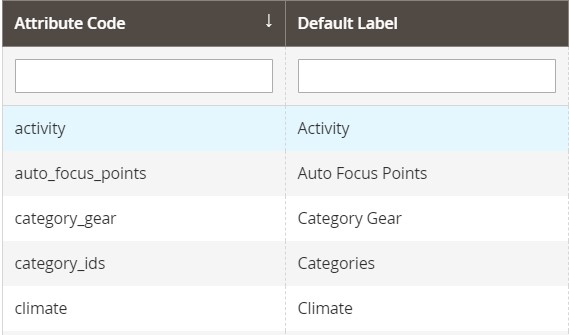How to Import & Export Product Attributes for Magento 2 (Along with Attribute Values & Sets)

Today, we are going to talk about the import and export of product attributes for Magento 2. Operating an e-commerce store is associated with numerous processes. Various management chores include a broad array of actions from creating a category tree to adding an FAQ section. Somewhere between these processes, attribute management is hidden. Magento 2 heavily relies on attributes, attribute sets, and attribute values. You may need to update them frequently to keep your catalog in order. Although the platform delivers all the tools necessary to manage your attributes and all the related data, your daily routine turns into an unbearable burden if you work with hundreds of records. However, there is a simple way to do so – import attributes to Magento 2 instead of applying all the necessary changes manually.
You can import and export attributes, attribute sets, and attribute values in Magento 2, replacing various manual tasks and automating your management routine. Below, we shed light on how to enable this functionality in your store even though Magento 2 lacks the corresponding features. A little spoiler: you need to install the Improved Import & Export Magento 2 extension. It will help you transfer Magento 2 attributes, values, and attribute sets to and from your e-commerce website.
The article below focuses on the pros and cons of both manual attribute management and the corresponding import and export automation. After that, it sheds light on various aspects of the Magento 2 import-export of product attributes associated with our extension. You will learn how to manage attribute tables, edit attribute values, create new attributes on the fly during import, use multiple file formats and sources for the attribute import and export, as well as leverage alternative transfers. Mapping and scheduling are also described in this post. These features will help you automate the Magento import of attributes from external sources.
Continue Reading

